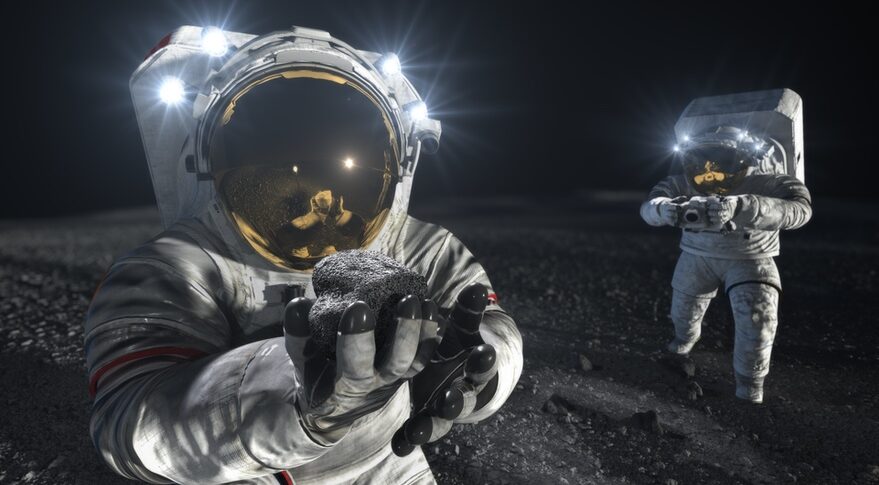
NASA selects Axiom Space to develop Artemis spacesuit (Image Credit: Space News)
WASHINGTON — NASA awarded a $228.5 million task order to Axiom Space to develop a spacesuit to be used on the first Artemis landing mission, although the design of the suit remains under wraps.
NASA announced Sept. 7 it selected Axiom to develop the “moonwalking system” for the Artemis 3 mission, including the design, development and production of the spacesuits that astronauts will wear on NASA’s first crewed landing on the moon in more than 50 years.
Axiom Space and Collins Aerospace won Exploration Extravehicular Activity Services, or xEVAS, contracts from NASA in June for work on spacesuits for both Artemis missions and International Space Station spacewalks. The companies would then compete for task orders for various aspects of spacesuit development and services.
NASA said it received proposals from the two companies for this task order, but did not disclose details about why it selected Axiom. Both companies will be eligible for future task orders that will include development of ISS spacesuits and “recurring spacesuit services” for later Artemis missions.
“Our team at Axiom Space is honored to be awarded this first task order to build the next-generation spacesuit,” Michael Suffredini, president and chief executive of Axiom Space, said in a statement. “Our modernized, evolvable spacesuits will enable rapid upgrades to implement better, safer technologies over time, ensuring our astronauts are always equipped with high performing, robust equipment.”
The company, though, has released few details about its suit beyond that statement. Axiom said its suit is based on a NASA-developed reference design called xEMU, and incorporates “increased flexibility and specialized tools” for lunar exploration. However, it has not even released an image of the full suit: an illustration accompanying its press release showed only the helmet and upper torso of the suit, much of it in shadow.
NASA’s selection of Axiom surprised some in the industry, who thought the company was more interested in spacesuits to support its planned commercial space station. Collins Aerospace, by contrast, emphasized its work on lunar spacesuit designs at the June announcement of its xEVAS contract, showing off concepts of the suit. Collins formally opened Aug. 31 an 11,000-square-meter facility in Houston that will be used for spacesuit development.
Axiom says it remains interested in ISS spacesuit development as well. “We are excited to provide our expertise to meet NASA’s exploration needs, while simultaneously serving our commercial customers in low Earth orbit and fulfill future space station goals that enable a commercial space economy,” Suffredini said in the statement.
In a source selection statement NASA released after the announcement of the xEVAS contracts to Axiom and Collins, the agency noted a “very high commonality” between the Artemis and ISS versions of both companies’ suits. However, it said both companies rely “on rapid acceleration of technology maturation and resolution of key technical trade studies” in order to complete their spacesuits on schedule.
That statement, while not providing specific pricing, said that Axiom offered a lower price than Collins. The Axiom proposal was 23% below NASA’s independent government cost estimate, while Collins was 2% below it. NASA did not disclose the value of that cost estimate.
Axiom is working with several other companies on the xEVAS suit development effort, including KBR, Air-Lock, Arrow Science and Technology, David Clark Company, Paragon Space Development Corporation, Sophic Synergistics and A-P-T Research. While those companies have experience in spacesuit, life support and related work, the NASA source selection statement warned that none had demonstrated relevant past performance for one aspect of the suit, the pressure garment system, that KBR would be responsible for producing.








